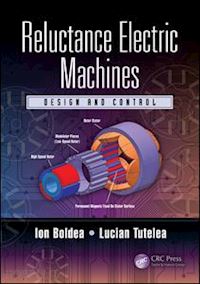Professor Ion G. Boldea is a Full Professor of Electrical Engineering at the University Politechnica of Timisoara, Romania. He has spent approximately 5 years as Visiting Professor of Electrical Engineering in both Kentucky and Oregon, USA since 1973, when he was a Senior Fullbright Scholar for 10 months. He was also a Visiting Professor in the UK at UMIST and Glasgow University. He is a full member of the Romanian Academy of Technical Sciences, a full member of the European Academy of Sciences and Arts of Salzburg, Austria, and a full member of the Romanian Academy. He has delivered IEEE-IAS Distinguished Lectures since 2008. He has given keynote speeches, tutorial courses, intensive courses, technical consulting in the USA, South America, E.U, South Korea, and China based on his numerous books and IEEE Trans. and Conference papers over the last 45 years in the field of rotating and linear electric machines and drives for renewable energy, vehicular, industrial, and residential applications. Professor Boldea is a Life Fellow of IEEE. He won the IEEE 2015 Nikola Tesla Award for "contributions to the design and control of rotating and linear electric machines for industry applications." Professor Lucian N. Tutelea (M’07) received the B.S. and Ph.D. degrees in electrical engineering from the Politehnica University Timisoara, Timisoara, Romania, in 1989 and 1997, respectively. He was a Visiting Researcher with the Institute of Energy Technology, Aalborg University, Denmark, in 1997, 1999, 2000, and 2006, as well as the Department of Electrical Engineering, Hanyang University, South Korea, in 2004. He is currently a Professor with the Department of Electric Engineering, Politehnica University Timisoara. His main research interests include design, modeling, and control of electric machines and drives. Professor Tutelea published more than 80 papers indexed IEEE Xplore or in Web of Science with more than 400 citations.












